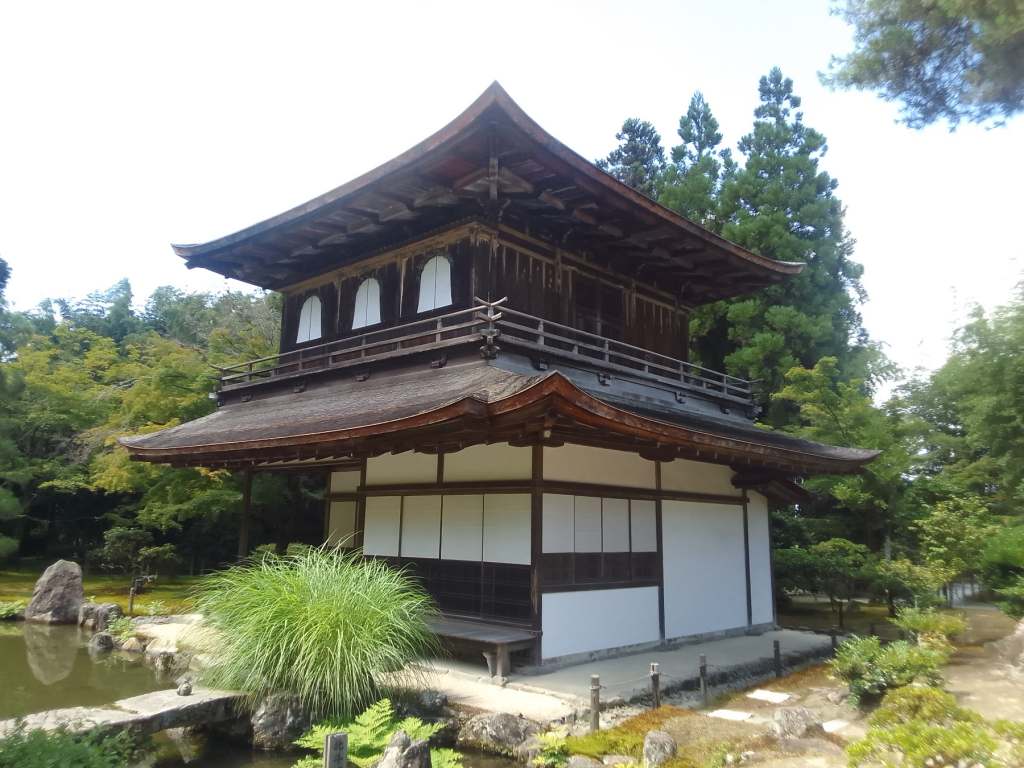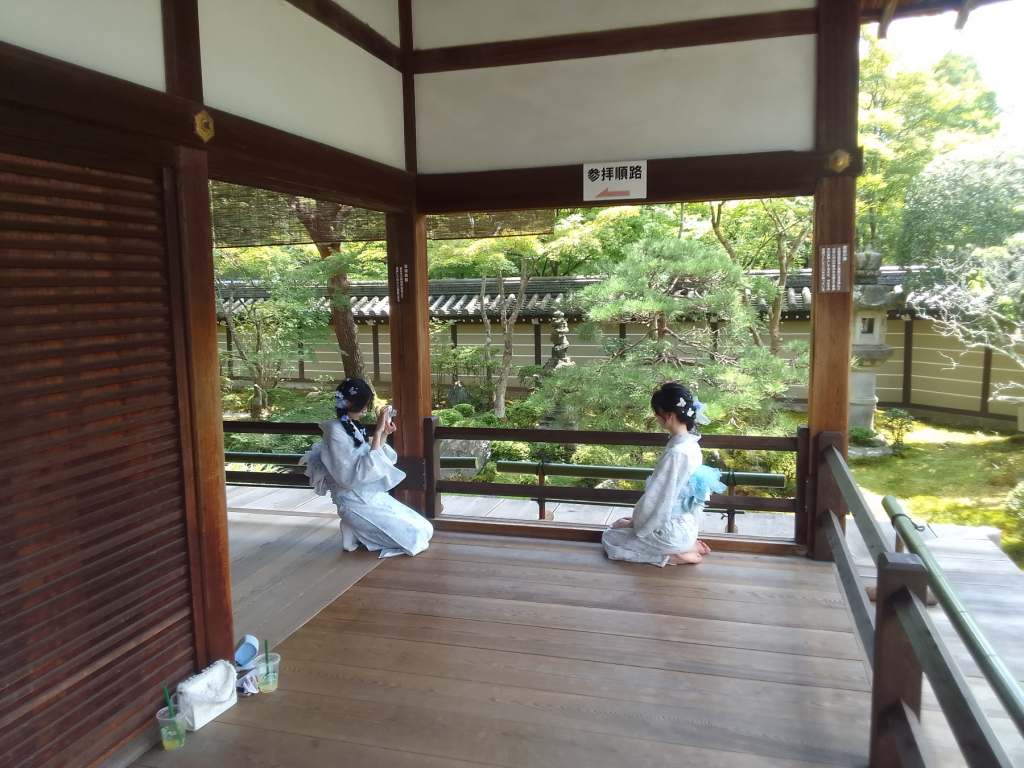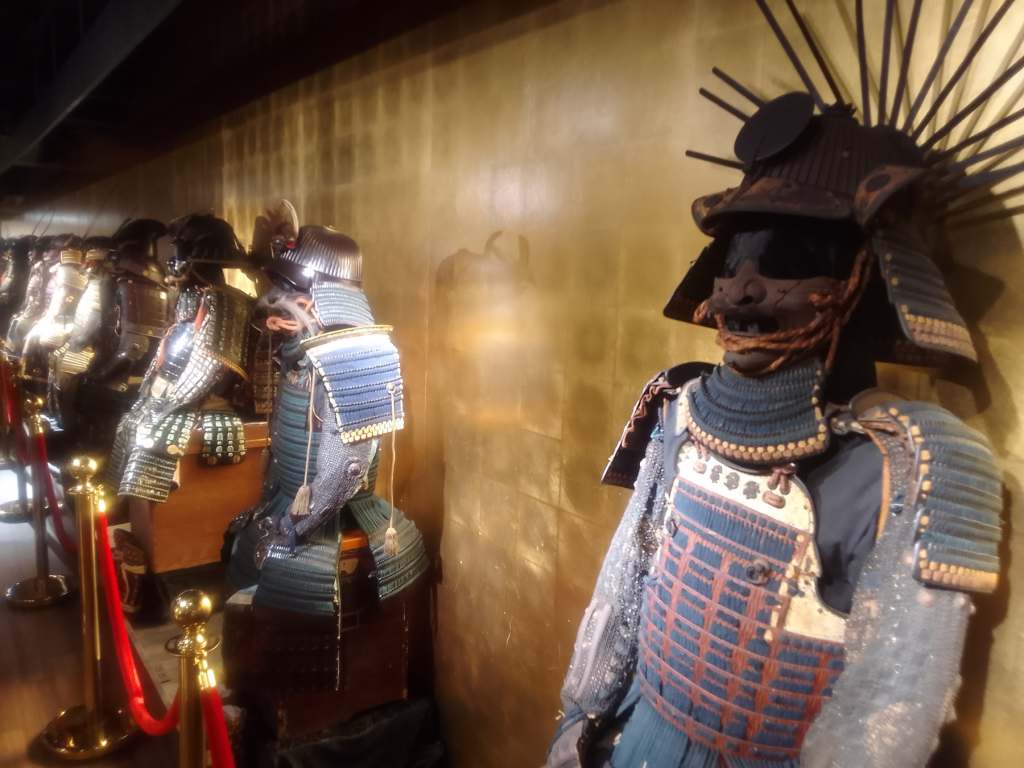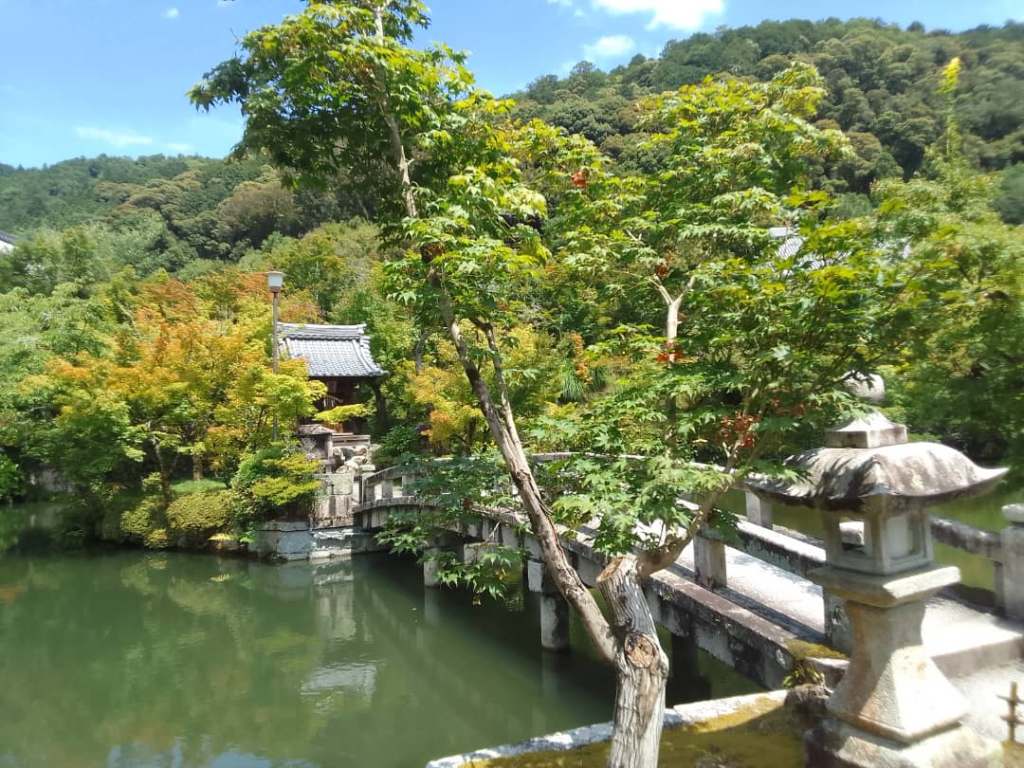Kyoto is a place where there is never enough time to see all the marvels that the city has to offer; however, by being organised and using the transport options available to you in this well-organised city, you can make the most of the time you have.
Let me start with a wonderful day out and then move on to other places to take some time in. Chop and change the suggestions in here to your own tastes.
Day in Kyoto Japan – Ginkaku-ji Temple
My first and best day of a wonderful time in Kyoto began in the north east of the city at the Ginkaku-ji Temple, known in English as the Silver Pavilion (there are not really any nearby subway stations). It is a two storey Zen Buddhist temple and not silver, from the late 15th century and includes the oldest surviving tea room. Equally as striking are the attractive grounds, including the white sand garden.
If you start your day at the Silver Pavilion, you are then perfectly positioned to take the Philosopher’s Path, which is just over a mile long and forms a gentle curve through eastern Kyoto. It was named after Nishida Kitaro, who took it on his way to university while meditating and trying to resolve the differences between western and eastern philosophy. It is a beautifully maintained walkway that follows a narrow canal and passes under cherry trees that are astounding in the hanami, or cherry blossom season, of early April.

The Philosopher’s Path
There are yet more reasons why the Philosopher’s Path is so worthwhile. First, as mentioned, it is a wonderful walk in itself; second, there are many nice coffee shops to take a pause in, on the way. The third reason is that as you walk south, you pass many other temples that are well worth a visit. After each stop, the Philosopher’s Path will take you on to another delight.
In addition to the Silver Pavilion, two other temples stood out for me near this walk. I say this with trepidation as there are so many unique temples in Kyoto and an aficionado may well recoil in horror, if I miss one of their favourites.
Roughly three quarters of the way along the Philosopher’s Path is the Eikando Temple, my particular favourite because of the design of the buildings, the covered wooden walkways and — above all — the spectacular gardens around the Hojo Pond. Its arched bridge to a shelter on a tiny island in the artificial pond surrounded by carefully arranged gardens is like the physical incarnation of a classic Japanese print.

About half a mile on from the southern end of the Philosopher’s Path, is the Nanzen-ji Buddhist temple. It is an extensive complex with a large Sanmon, or entrance gate, the remains of a nineteenth century brick aqueduct and a series of sub-temples. Of these, the Tenjuan Temple is worth seeking out for its rock garden and pond garden.
Hungry? Well, I am not going to recommend you a restaurant, but I am going to urge you to visit the Nishiki Market, a long pedestrianised, covered street in central Kyoto with dozens of stalls offering a choice of Japanese dishes far, far beyond sushi and sashimi, but including lots of seafood. If you like it hot, try the Japanese curries. There are also okonomiyaki, or savoury pancakes. Many of the stalls have seating areas. I found myself coming back here again and again, just snacking at different stands to get an idea of the versatility of the local cooks.
Samurai Ninja Museum
For a complete change of pace and a bit of fun, visit the Samurai Ninja Museum in the centre of Kyoto, just two blocks away from the Nishiki Market. This typically begins with a 30 minute tour after which you are able to see things at your own pace. There is a large range of armour and historical costumes on display, and the guides are very informative. The tours are available in English. It is family-friendly, with a number of interactive activities, though also offering much information for those looking to get a deeper appreciation of Japanese culture. The museum’s literature suggests pre-booking. I would recommend this, though I was able to turn up on a week day and join the next tour with just a few minutes wait.
The one religious site above all others is probably the Fushimi Inari Shrine or Taisha, Inari being the god of rice and prosperity. It consists of a series of walkways under brilliant orange Torii gates, so close together that it almost feels like yu are walking through a tunnel, that lead up to a series of shrines and fine views of Kyoto. Foxes were thought to be the messengers of Inari and so there are many statues dedicated to this animal. To get here take the metro to Inari Station. It can get very busy here, but as it is in the open air and accessible for 24 hours a day, it is best to get there early in the morning and enjoy the meditative air it inspires.

Golden Pavilion of Kinkaku-ji
The Golden Pavilion of Kinkaku-ji is on the north western edge of the city (no nearby metro station, but the 101 or 205 buses from Kyoto Station go there, though not the 205 Rapid). It is a fifteenth century Zen temple. As the top two floors are covered in gold leaf and as it sits in its own gardens with a reflecting pond, it is breathtakingly sublime.
The Kyoto districts of Southern Higashiyama and Gion are worth taking some time to stroll through for the history with its narrow streets and wooden buildings. The Hokan-ji Temple/Yasaka Pagoda is also in this area and dominates the skyline. Further to the south-east is the Kiyomizo-dera Temple which is built onto the side of Mount Otowa and its balconies give panoramic views of the city below.
You should also take time to visit the botanical gardens, a bamboo grove and also explore the smaller temples; there are many that get few visitors and you can find places that create a strong personal reaction within.
 Best
Best
Places to Stay Kyoto Japan
While in Kyoto, I stayed at a Ryokan, a traditional-style Japanese inn. It is something I would recommend doing. If you are interested, see this article on my stay there.
And having mentioned all the above, I still feel I am merely rippling the top of the deep pond of Kyoto. A second article is needed, so write to my editor and urge him to send me back.
I would not hesitate; nor should you.
 Best
Best